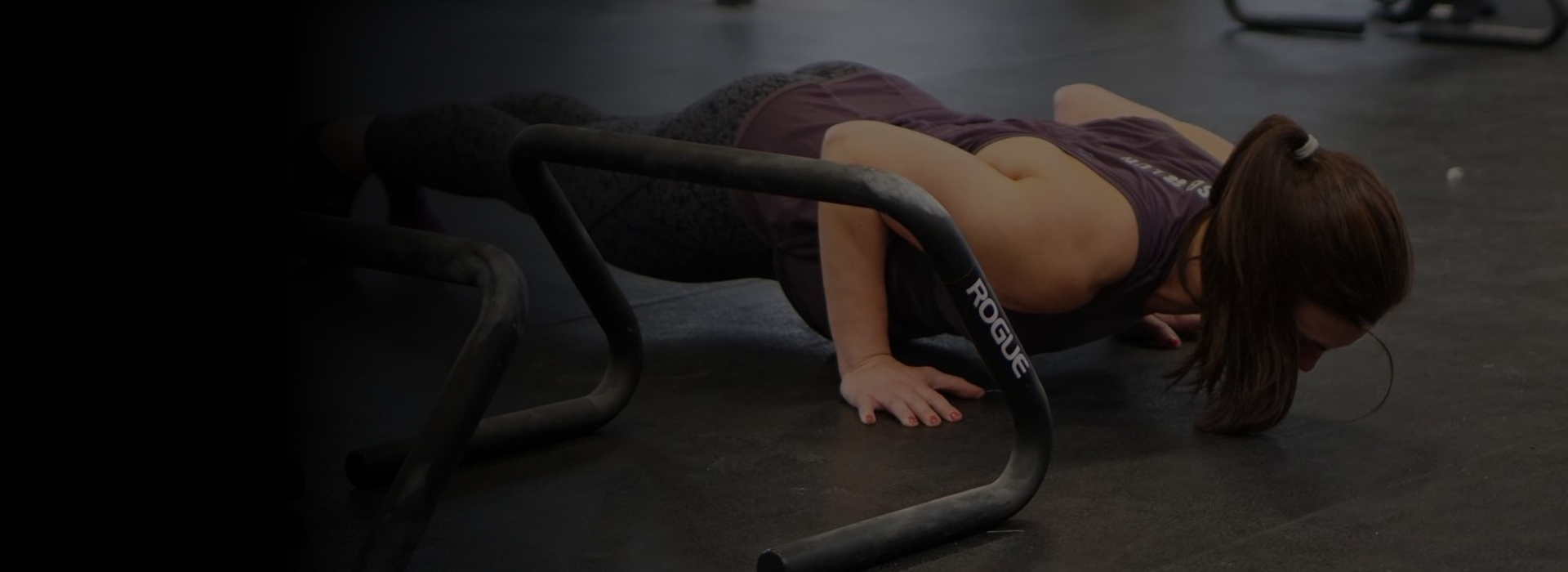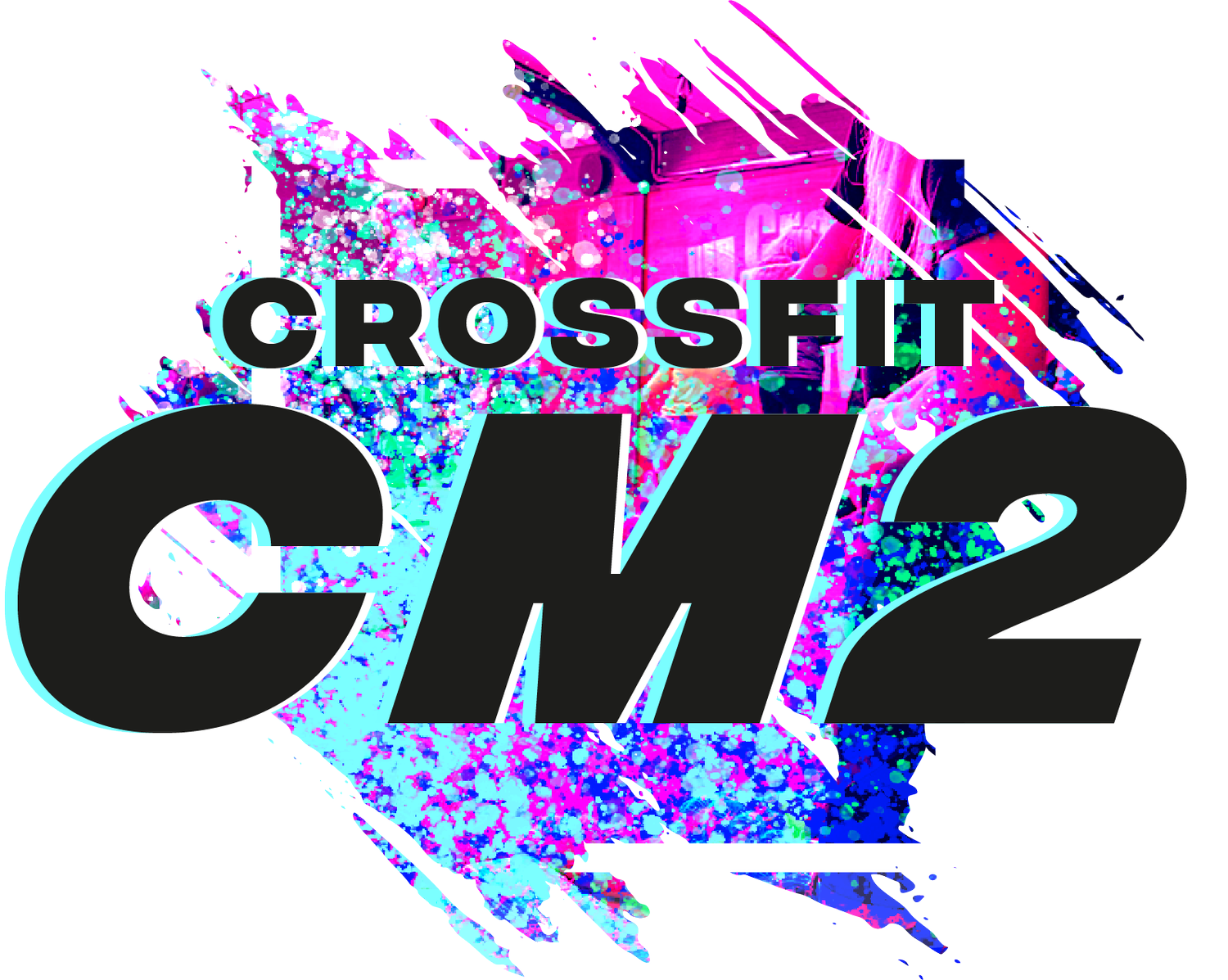
Gymnastic Strength
Develop your pressing, pulling, core-strength, & mobility with work on the rings, the pull-up bar, & the floor.
About
Learn to control your body and restore functional ranges of motion to your joints by combining strength and mobility training using your own body weight. Whether you want to learn a handstand, get your first pull-up or muscle-up, our gymnastics (aka calisthenics) sessions will get you there.
Gymnastic strength training will certainly make you stronger but it will also develop an area that is all too often neglected, your connective tissue. Strong healthy ligaments and tendons, and joints that are stable and mobile are important of a body that’s ready for an active life!
The goal is to develop each athletes ability to perform progressively more difficult body-weight movements. We start with the basics and increase complexity as your ability grows. We incorporate gymnastic strength into our CrossFit class programming by devoting part or all of some sessions to this discipline.
Straight Arm Strength vs. Bent Arm Strength - most folks are aware of pull-ups and press-ups and other bent arm strength exercises but they are not so familiar with support and lever holds (these are straight-arm exercises). Training straight-arm-variations develops strength and stability in your scapulae and elbows which is extremely important for injury prevention and for maximising your progress in calisthenics (aka gymnastic strength training).
Body Weight vs. Resistance Training - Resistance training uses external loads like dumbbells, kettlebells, or a barbell. Gymnastics Strength uses your own bodyweight to provide the resistance. This fundamental difference means we scale (make a movement easier or harder) differently for these two modes of training. Scaling in resistance training is simple; we simply adjust the load by choosing a heavier or lighter dumbbell to suit the exercise and rep range we are using. In gymnastic strength we increase the difficulty of the movement in 3 ways:
Changing the Vector of Force (aka the angle). For example if you raise your hands onto a box it is easier to do press-ups than on the floor. The same principal applies to a ring row where you are leaned at an angle compared to a pull-up where you hang vertically.
Shorten or Lengthen the Lever. When performing an L-sit on the parallel bars beginners will be in the tuck position (bent knees - shorter lever) to reduce the difficulty while advanced practitioners will have straight legs (longer lever) to INCREASE the difficulty.
Band / Partner Assistance - using assistance from elastic resistance bans of varying strength to help you through part or all of the range of motion is another way to make a new movement accessible. As you get stronger you use a weaker band and eventually no band at all. Banded pull-ups are a great example of this. A partner or coach can also help you through the concentric phase of a movement - allowing you to perform the eccentric phase on your own.
Why is coaching important? - An experienced calisthenics / gymnastic strength coach will show you which exercise is the right one to maximise your progress. We’ll provide demonstrations and coaching cues to help you nail the technique and explain how you’ll know when it’s time to move on to a more difficult progression. In our classes everyone is following the same programming template, but each individual might be doing a different version of each exercises. For example, a beginner might be doing Ring Rows, Elevated Press-up, and Tuck Support Holds while a more advanced athletes might be doing a complex on the gymnastics rings that combines Strict Muscle Ups and L-sit Holds.
-
Book Free Taster
Whether you are an experienced athlete or a fitness novice you can experience our training environment & coaching with a free trial.
-
Membership Prices
Unlike big commercial gyms who lock you in for 12 months we offer simple rolling monthly contracts. We keep you coming by delivering an amazing training experience.
